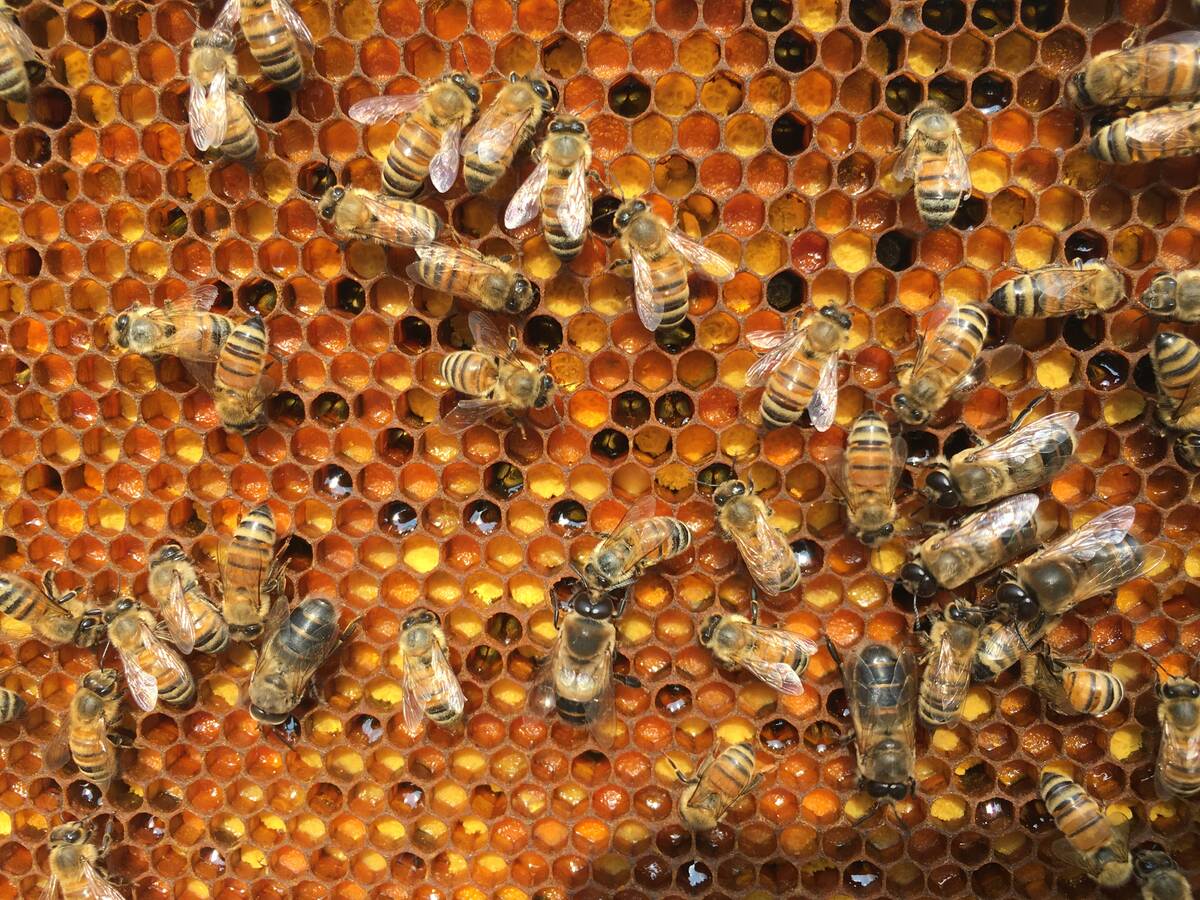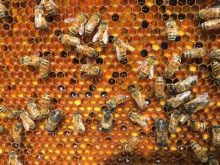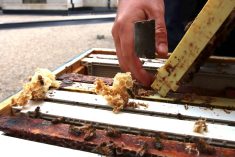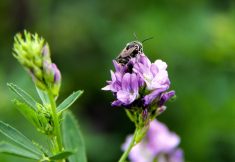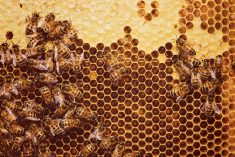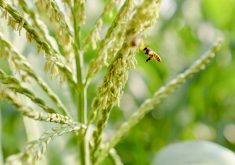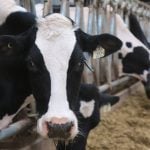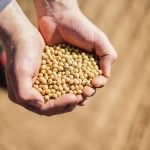Initial results of the Ontario Beekeepers’ Association’s (OBA) annual winter loss survey show that losses continue to be “unsustainably high but slightly lower than 2024,” said board director Steve Moore.
Why It Matters: Ontario has one quarter of Canada’s beekeepers and nearly 10 per cent of the country’s bee colonies, at approximately 100,000 hives.
Moore said that more than 50 per cent of colonies have been lost, one of the highest rates since the OBA started tracking winter loss statistics.
The Ontario Beekeepers’ Association is one of Canada’s oldest agricultural organizations, founded in 1881 to represent the interests of Ontario beekeepers. The association acts as both an advocate for beekeepers and offers information and resources about beekeeping practices and legislation.
Read Also
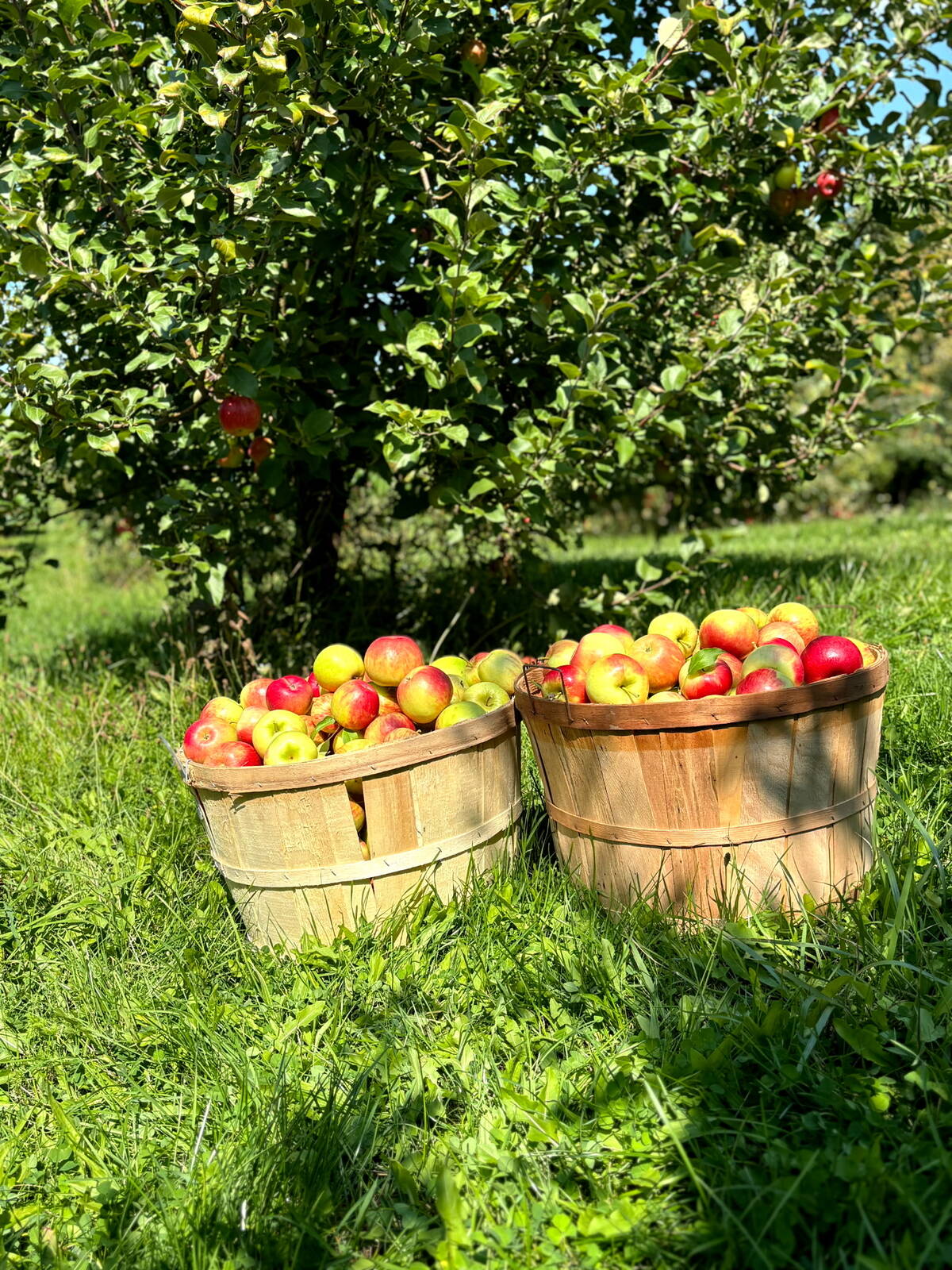
Farmers taking to social media to spread the word about the cost of farm thefts
A rash of farm thefts in Ontario have left farmers looking for new ways to help customers understand the cost of stealing goods.
The OBA also tracks hive health and monitors issues such as mite populations and diseases that affect colony health. The survey was sent out to the nearly 4,000 apiarists across the province.
Moore said the initial report findings show hive losses are mixed this year, with some beekeepers reporting losses of over 80 per cent while others show low or no losses at all. On a hive-by-hive basis, the reason for winter losses can be difficult to determine.
“At a provincial level we know the most common cause of overwinter mortality is the varroa mite and the viruses they transmit between bees,” he said, adding that climate change remains one of the biggest factors in hive loss.
Moore said these various risks to hive health can also mean that past practices in hive maintenance and protection may no longer be as effective.
OBA data said, Canada ranks 11th in the world for production of honey. Ontario annually produces 10 per cent of Canada’s honey, valued at approximately $40 million.
The 2023 Statistical Overview of the Canadian Honey and Bee Industry from Agriculture and Agri-food Canada estimated the total annual economic contribution of honeybee pollination through direct additional harvest value was approximately $7 billion.
In Ontario, meanwhile, the value added by Ontario’s beekeepers through their honeybee pollination services is approximately $900 million annually, accounting for a little over 13 per cent of all sales from agricultural crops grown in Ontario.
Additionally, 32 of the most economically important crops are pollinated by bees in Ontario.
Significant losses to the bee population in Ontario could have a devastating effect on the agriculture sector.
The most common issue beekeepers are dealing with in the province is mite control. It’s believed that traditional methods of mite control may not be as impactful as in previous years.
“The early spring in 2024 meant an early start to varroa buildup, and the late fall meant that varroa replication continued in hives longer than in other seasons,” said Moore.
For some beekeepers, he said this may have meant that the usual mite management approaches did not work as they usually do, adding that there is a growing feeling among beekeepers that one of the most effective mite treatments is no longer as effective as it used to be.
He said these changes can cause challenge and uncertainty even for experienced beekeepers.
Moore pointed to one survey respondent who had high winter losses and said “this is the first time in 20 years of keeping bees that for the majority of the dead colonies I have no answer or indications of what caused the losses.”
He said beekeepers are trying to adapt to evolving conditions, with individual-level beekeepers trying different mite treatment options as well as in-season treatments.
At the industry level, the OBA has conducted field trials for new mite treatment options. Of the three new mite treatment options currently being reviewed by Health Canada’s Pest Management Regulatory Agency, the OBA’s Technology Transfer Program produced data that has been included in the submissions of two different novel treatment options. The association has also worked with Agricorp to improve risk management options for beekeepers.
Moore believes that beekeepers cannot overcome these challenges alone.
“The OBA appreciates the investments that OMAFA and the federal government have made through the Sustainable Canadian Agricultural Partnership to support beekeepers to invest in honeybee health initiatives,” he said.
“Despite recent investment, more needs to be done. Additional research is needed to improve mite monitoring methods, develop additional mite treatment options, and better understand the relative contributions of different stressors on honey bee health.”
In particular, Moore said the need for a better understanding of the interaction between mite levels, virus transmission, and honeybee health and mortality would be valuable.
“In addition to research, there needs to be new investments in extension work to translate new research knowledge into improved management practices in apiaries,” he said.


